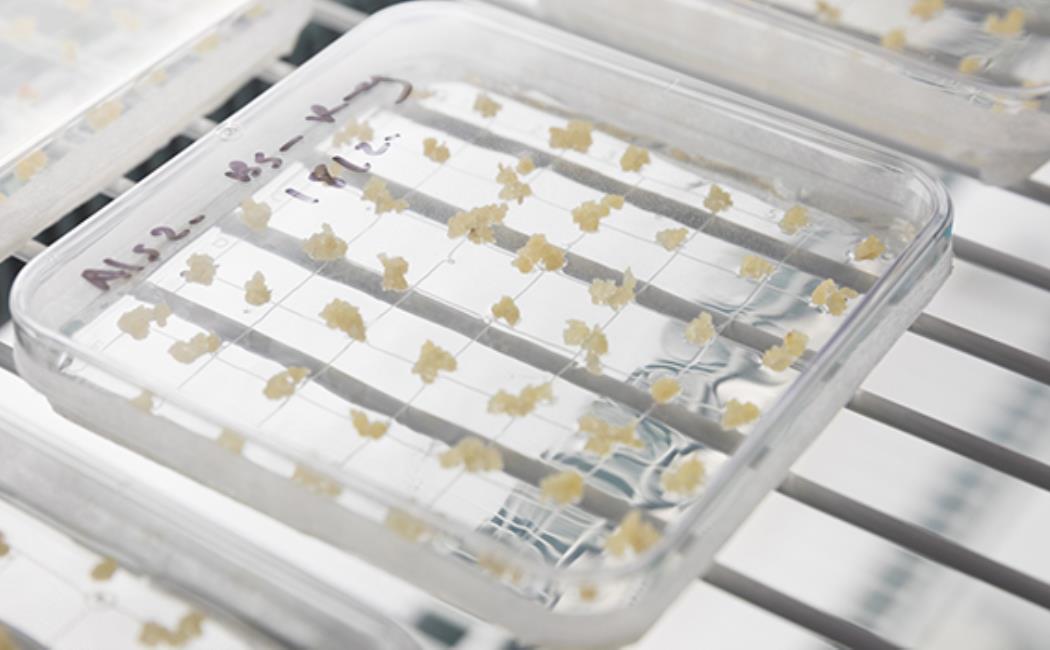
Better plant edits by enhancing DNA repair
05 April, 2020
A new genome editing system enhances the efficiency of an error-free DNA repair pathway, which could help improve agronomic traits in multiple crops.
Genome editing involves cutting DNA at very specific locations and utilizing cells’ natural repair pathways to modify genes. Plant cells contain two repair pathways: nonhomologous end joining (NHEJ) and homology-directed repair (HDR).
“In plants, NHEJ is the dominant repair pathway at most cell stages,” says KAUST postdoc Khalid Sedeek. “But it is prone to errors. For precise genetic modifications we need more control than provided by NHEJ. HDR is error-free but is inefficient in plants. We designed a genome editing system to enhance HDR efficiency.”
Click here to read the full story
Image: Genome editing involves cutting DNA at very specific locations and utilizing cells’ natural repair pathways to modify genes.
© 2020 KAUST